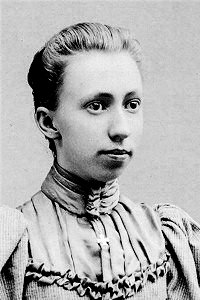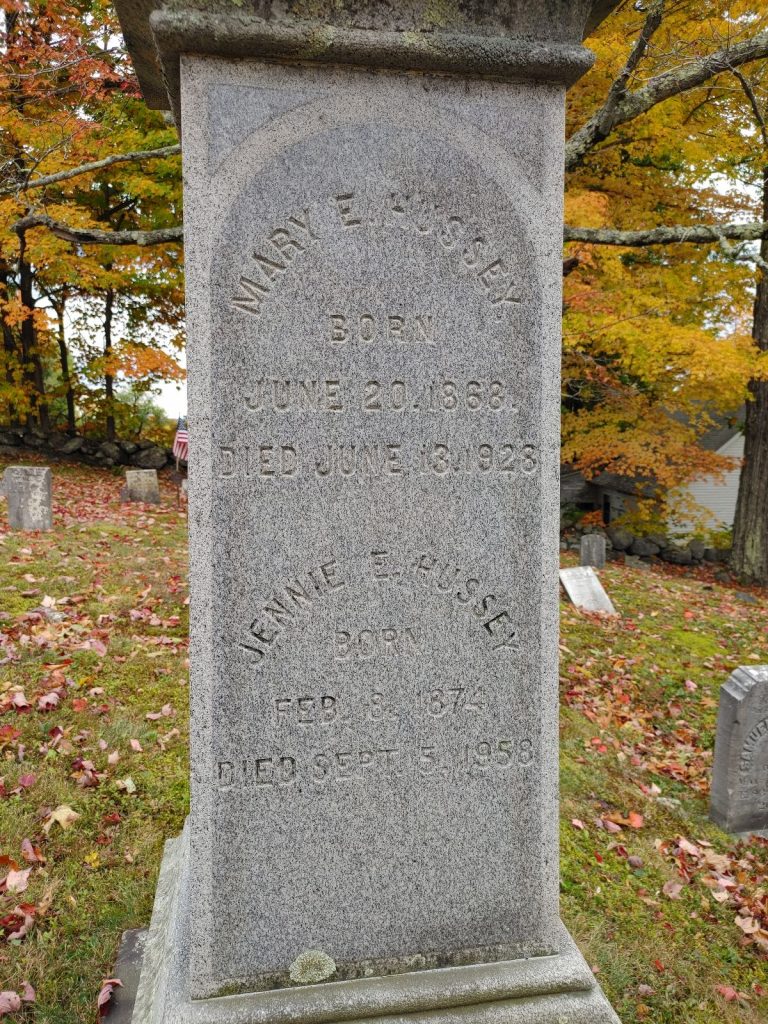Hymn History: Lead Me to Calvary & Author: Jennie Evelyn Hussey
“Miss Hussey, a Quaker by background, lived much of her life on the family farm … She cared for an invalid sister, and in later years suffered crippling arthritis; yet she was known for her cheerful disposition and courageous attitude.”
(hymnstudiesblog)
The Origin of the Hymn “Lead Me to Calvary”
Among the many hymns that have inspired reflection on the sacrifice of Christ, “Lead Me to Calvary” occupies a cherished place in Christian hymnody. With its moving plea for guidance to the cross and its reflection on Christ’s suffering for humanity, the hymn has been sung in countless churches, revival meetings, and personal devotions for over a century. Its enduring appeal lies in the heartfelt lyrics of Jennie Evelyn Hussey and the beautiful melody composed by William J. Kirkpatrick, combining to create a hymn that communicates both reverence and devotion.
The Hymnwriter: Jennie Evelyn Hussey
Jennie Evelyn Hussey (1874–1959) was an American hymnwriter whose life and work were deeply rooted in Christian faith. Little is known about the specifics of her personal life, but she is remembered primarily for her contributions to gospel music and Sunday school hymnody. Hussey’s writing was characterized by simplicity, sincerity, and a pastoral sensibility, aiming to draw believers into a deeper experience of God’s love and grace.
Hussey wrote “Lead Me to Calvary” in the early 20th century, inspired by her meditations on Christ’s passion and sacrifice. The hymn reflects a spiritual desire that was central to her devotional life: to walk daily in the footsteps of Jesus, particularly in His suffering and atoning work on the cross. Hussey’s text is notable for its clarity and emotional depth, expressing a personal and communal longing to experience the redemptive power of Calvary.
The Composer: William J. Kirkpatrick
The music for “Lead Me to Calvary” was composed by William J. Kirkpatrick (1838–1921), one of the most influential American gospel composers of the late 19th and early 20th centuries. Kirkpatrick collaborated with numerous hymnwriters, setting their texts to melodies that were both memorable and spiritually moving. His music is known for its singability, emotional expressiveness, and ability to convey the meaning of the lyrics.
Kirkpatrick and Hussey worked together in the gospel music movement, which was flourishing in the United States during this period. Their collaboration on “Lead Me to Calvary” resulted in a hymn that could be sung with reverent simplicity or in more elaborate musical arrangements, making it adaptable for Sunday school, congregational worship, and revival services alike.
Themes and Lyrics
The central theme of “Lead Me to Calvary” is a heartfelt plea for spiritual guidance to the cross of Jesus Christ. The hymn begins with a recognition of personal sin and the inadequacy of human efforts to achieve righteousness:
King of my life, I crown Thee now,
Thine shall the glory be;
Lest I forget Thy thorn-crowned brow,
Lead me to Calvary.
This opening verse establishes the personal tone of the hymn—a confession of dependence on Christ and a desire to remember His sacrificial love.
The refrain, which repeats the phrase “Lead me to Calvary,” reinforces the hymn’s meditative character. It reminds believers of the necessity of the cross as the source of redemption, spiritual growth, and intimate fellowship with God. Subsequent verses expand on this theme, reflecting on Christ’s love, suffering, and the believer’s response of devotion and service.
The hymn’s imagery—“thorn-crowned brow,” “blood-stained brow,” and “Calvary”—invites the worshiper to meditate on the profound cost of redemption. It blends theological depth with accessible language, making the hymn suitable for both children and adults, laypeople, and clergy alike.
Publication and Early Use
“Lead Me to Calvary” was first published in the early 1900s in various gospel songbooks and Sunday school hymnals, which helped it quickly gain popularity. Its combination of memorable melody and spiritually rich text made it a favorite in revival meetings and church services across the United States.
Evangelists and song leaders found the hymn particularly effective for altar calls, devotional services, and communion services, where it could evoke reflection on Christ’s sacrifice and inspire heartfelt commitment. Over time, it became a standard hymn in many denominational hymnals, enduring through multiple generations of Christian worship.
Enduring Legacy
The lasting power of “Lead Me to Calvary” lies in its ability to engage the believer emotionally and spiritually. It is not merely a hymn to be sung but a prayer to be lived, inviting Christians to focus on Christ’s love and sacrifice in their daily lives. Its gentle yet profound melody allows congregations to join in communal reflection, while the personal language of the lyrics resonates with individual devotion.
Across decades and continents, “Lead Me to Calvary” has been used in Sunday schools, revivals, personal devotion, and even choral arrangements, maintaining its relevance in both traditional and contemporary worship settings. The hymn’s focus on the cross reminds believers that salvation, grace, and spiritual growth are rooted in the sacrifice of Jesus Christ.
Conclusion
“Lead Me to Calvary” remains one of the most beloved hymns of the Christian faith, a product of the devotional insight of Jennie Evelyn Hussey and the musical genius of William J. Kirkpatrick. Its origins in the gospel revival tradition of early 20th-century America have not limited its influence; rather, they have given it authenticity and simplicity that continue to resonate with believers today.
Through its powerful lyrics and moving melody, the hymn continues to guide Christians to reflect on the cross, to appreciate Christ’s sacrifice, and to commit their lives to His service. Its message—of surrender, devotion, and remembrance of Christ’s love—remains as meaningful now as it was when first written, over a century ago.
Lead me to Calvary. A simple plea, a profound truth, and a timeless hymn that continues to inspire faith and devotion across generations.
Related
Sorry, no records were found. Please adjust your search criteria and try again.
Sorry, unable to load the Maps API.

